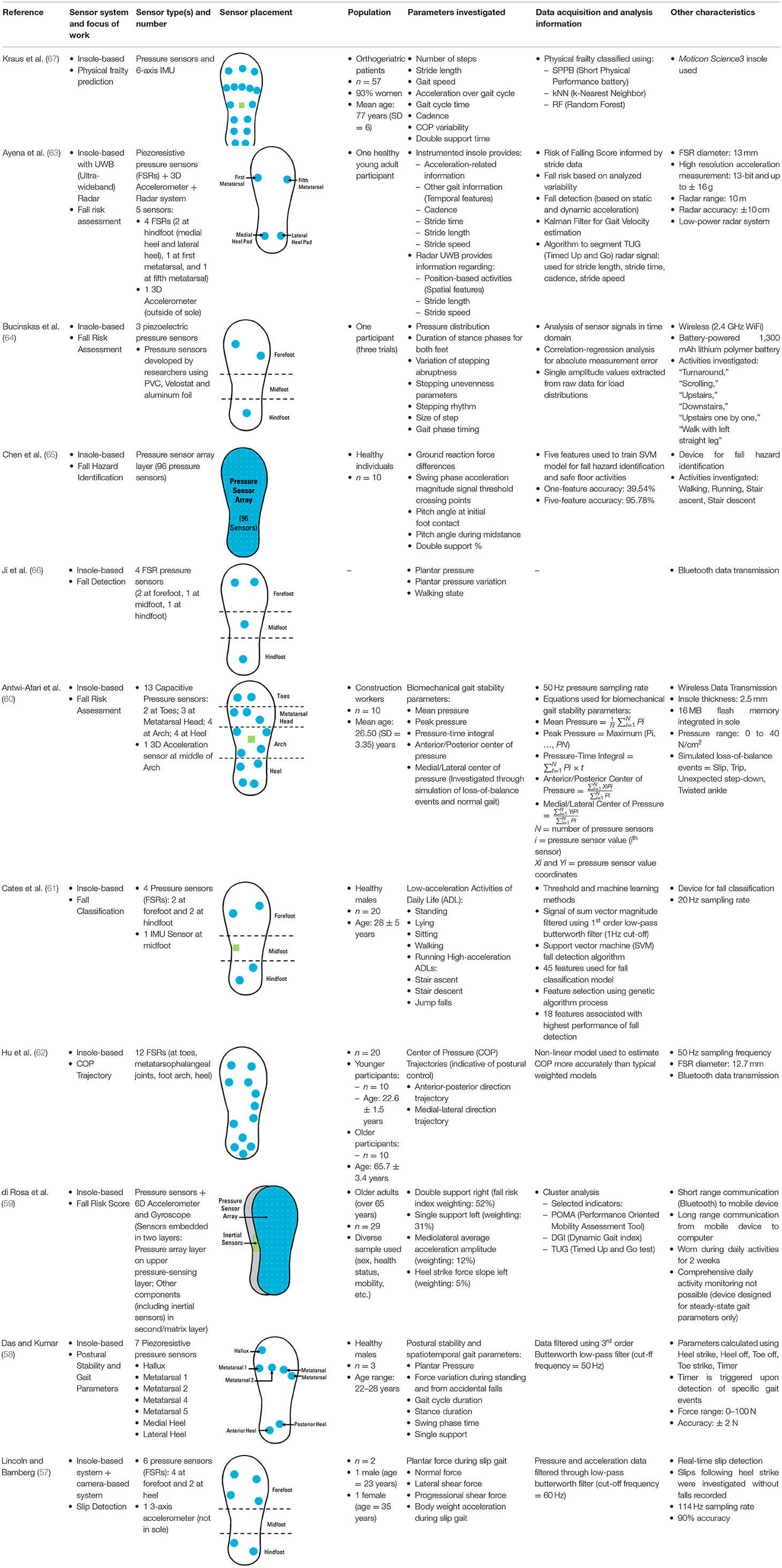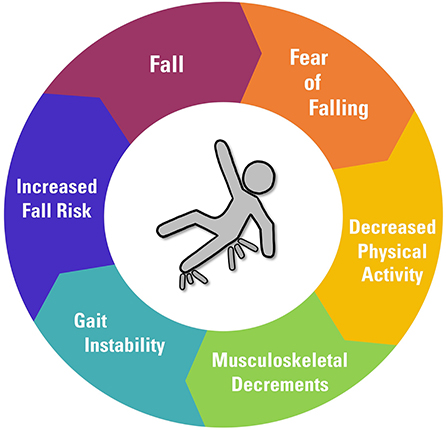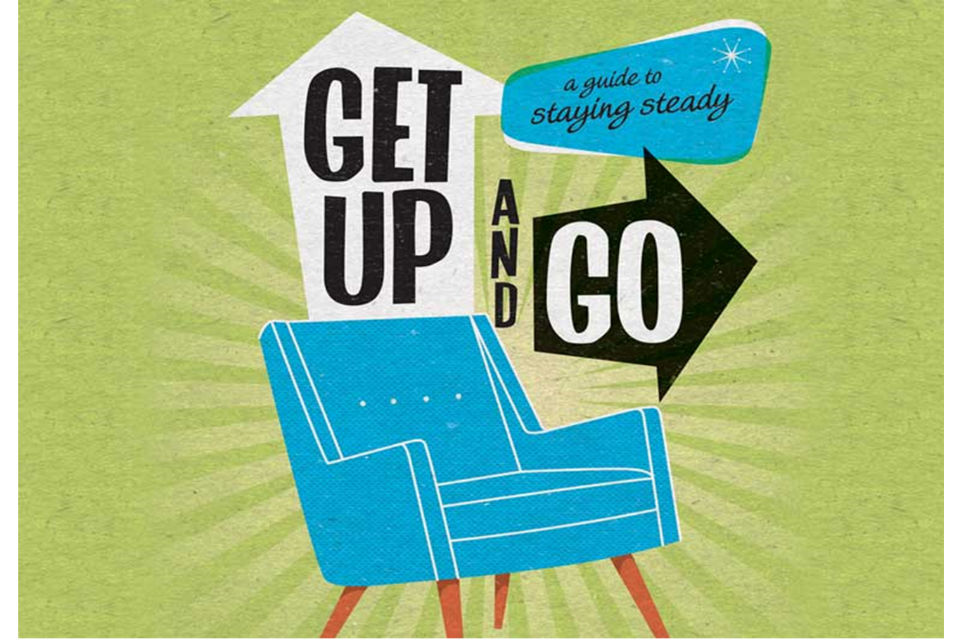The 5-Minute Rule for Dementia Fall Risk
Table of ContentsThe 3-Minute Rule for Dementia Fall RiskUnknown Facts About Dementia Fall RiskUnknown Facts About Dementia Fall RiskA Biased View of Dementia Fall Risk
A fall threat analysis checks to see just how likely it is that you will drop. It is primarily done for older grownups. The assessment usually consists of: This includes a series of concerns regarding your total health and if you've had previous falls or issues with balance, standing, and/or walking. These devices check your toughness, equilibrium, and stride (the way you walk).STEADI includes testing, evaluating, and treatment. Interventions are referrals that may decrease your threat of dropping. STEADI consists of three actions: you for your risk of falling for your risk elements that can be enhanced to attempt to stop drops (for instance, equilibrium issues, damaged vision) to minimize your threat of falling by utilizing effective approaches (as an example, providing education and sources), you may be asked a number of concerns including: Have you fallen in the past year? Do you feel unsteady when standing or strolling? Are you fretted concerning falling?, your company will certainly check your strength, equilibrium, and gait, making use of the following autumn assessment devices: This examination checks your gait.
You'll rest down again. Your company will certainly inspect how long it takes you to do this. If it takes you 12 secs or more, it may imply you go to greater threat for a loss. This examination checks stamina and equilibrium. You'll being in a chair with your arms crossed over your upper body.
Relocate one foot midway onward, so the instep is touching the large toe of your other foot. Relocate one foot completely in front of the other, so the toes are touching the heel of your other foot.
The 15-Second Trick For Dementia Fall Risk
Many falls occur as a result of numerous contributing elements; for that reason, handling the threat of dropping begins with identifying the variables that add to drop danger - Dementia Fall Risk. Some of one of the most appropriate risk factors include: History of previous fallsChronic medical conditionsAcute illnessImpaired stride and equilibrium, reduced extremity weaknessCognitive impairmentChanges in visionCertain risky medicines and polypharmacyEnvironmental elements can additionally increase the danger for drops, consisting of: Inadequate lightingUneven or harmed flooringWet or unsafe floorsMissing or damaged hand rails and order barsDamaged or incorrectly equipped equipment, such as beds, wheelchairs, or walkersImproper usage of assistive devicesInadequate supervision of individuals living in the NF, consisting of those who show aggressive behaviorsA successful loss risk monitoring program needs a comprehensive scientific assessment, with input from all participants of the interdisciplinary group

The treatment plan must additionally include interventions that are system-based, such as those that advertise a risk-free setting (appropriate illumination, handrails, get hold of bars, and so on). The effectiveness of the treatments ought to be reviewed regularly, and the treatment plan changed as required to reflect adjustments in the autumn threat assessment. Implementing a loss risk monitoring system utilizing evidence-based best technique can reduce the frequency of drops in the NF, while limiting the potential for fall-related injuries.
The 3-Minute Rule for Dementia Fall Risk
The AGS/BGS standard suggests screening all adults aged 65 years and older for fall risk annually. This testing includes asking patients whether they have dropped 2 or more times in the past year or sought clinical attention for an autumn, or, if they have not dropped, whether they feel unsteady when strolling.
People who have actually dropped once without injury needs to here are the findings have their equilibrium and stride reviewed; those with stride or equilibrium irregularities need to receive extra evaluation. A history of 1 fall without injury and without gait or balance troubles does not warrant more evaluation beyond continued yearly loss danger screening. Dementia Fall Risk. An autumn danger analysis is needed as component of the Welcome to Medicare evaluation

The 15-Second Trick For Dementia Fall Risk
Recording a drops background is among the top quality indicators for fall prevention and management. An important component of danger evaluation is a medication evaluation. Several classes of drugs raise autumn danger (Table 2). copyright medicines in certain are independent predictors of falls. top article These drugs have a tendency to be sedating, change the sensorium, and impair balance and gait.
Postural hypotension can frequently be reduced by decreasing the dosage of blood pressurelowering drugs and/or quiting medications that have orthostatic hypotension as a negative effects. Usage of above-the-knee support hose and copulating the head of the bed elevated may also minimize postural reductions in high blood pressure. The suggested elements of a fall-focused physical exam are received Box 1.

A TUG time more than or equal to 12 seconds recommends high loss risk. The 30-Second Chair Stand test evaluates lower extremity strength and balance. Being unable to stand up from a chair of knee height without using one's arms indicates raised fall threat. The 4-Stage Balance examination assesses static equilibrium by having the patient stand in 4 settings, each considerably much more difficult.